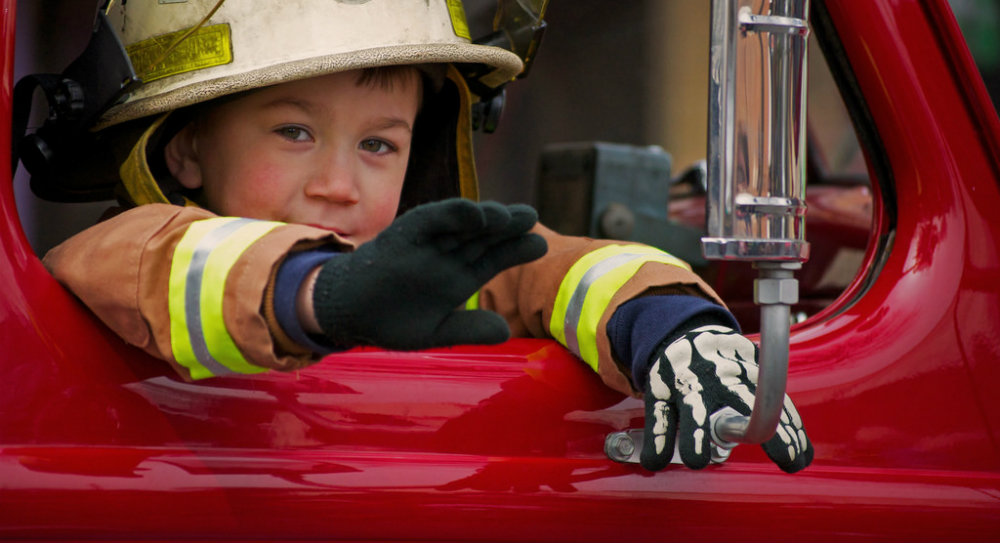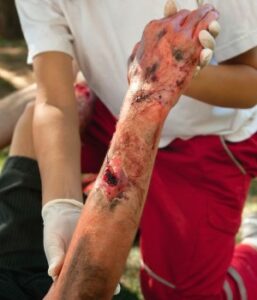
Burns and fires are a common cause of accidental death in children and adults, accounting for an estimated 3,500 adult and child deaths per year. Contact burns and scalding injuries cause the majority of burn injuries. Burns can range from minor medical problems to life-threatening injuries, leaving a victim with not just physical scars but emotional trauma as well.
Burn injuries affect everyone; however, young children and the elderly are the most vulnerable.
Sources:
The seriousness of a burn is determined by the depth, size, cause, affected body area, age and health of the victim.
 As most people may know, burns are classified as first-, second- and third-degree burns.
As most people may know, burns are classified as first-, second- and third-degree burns.
Burns and Wounds, Johns Hopkins Medicine
 Burns can be the result of many things:
Burns can be the result of many things:
Breathing in hot air or gases can cause inhalation injuries to the lungs and if the gases are toxic (think carbon monoxide), it can lead to poisoning.
Since most burn injuries happen at home, here are a few preventative measures you can put into place.
If you would like to receive news and blog updates on a regular basis, sign up to receive our email newsletter. Your email address will only be used to send you our newsletter and respond to inquiries.
If you have questions about the negligence of others leading to burn injuries, contact the lawyers at Nash & Franciskato for a free, no-obligation review of your case.
Our knowledgeable staff is available at (877) 284-6600.
Past results afford no guarantee of future results and each case is different and is judged on its own merits. The choice of a lawyer is an important decision and should not be based solely upon advertisements.
Editor’s Note: This post was originally published July 11, 2017. It was reviewed on January 26, 2023 and updated for content and accuracy.